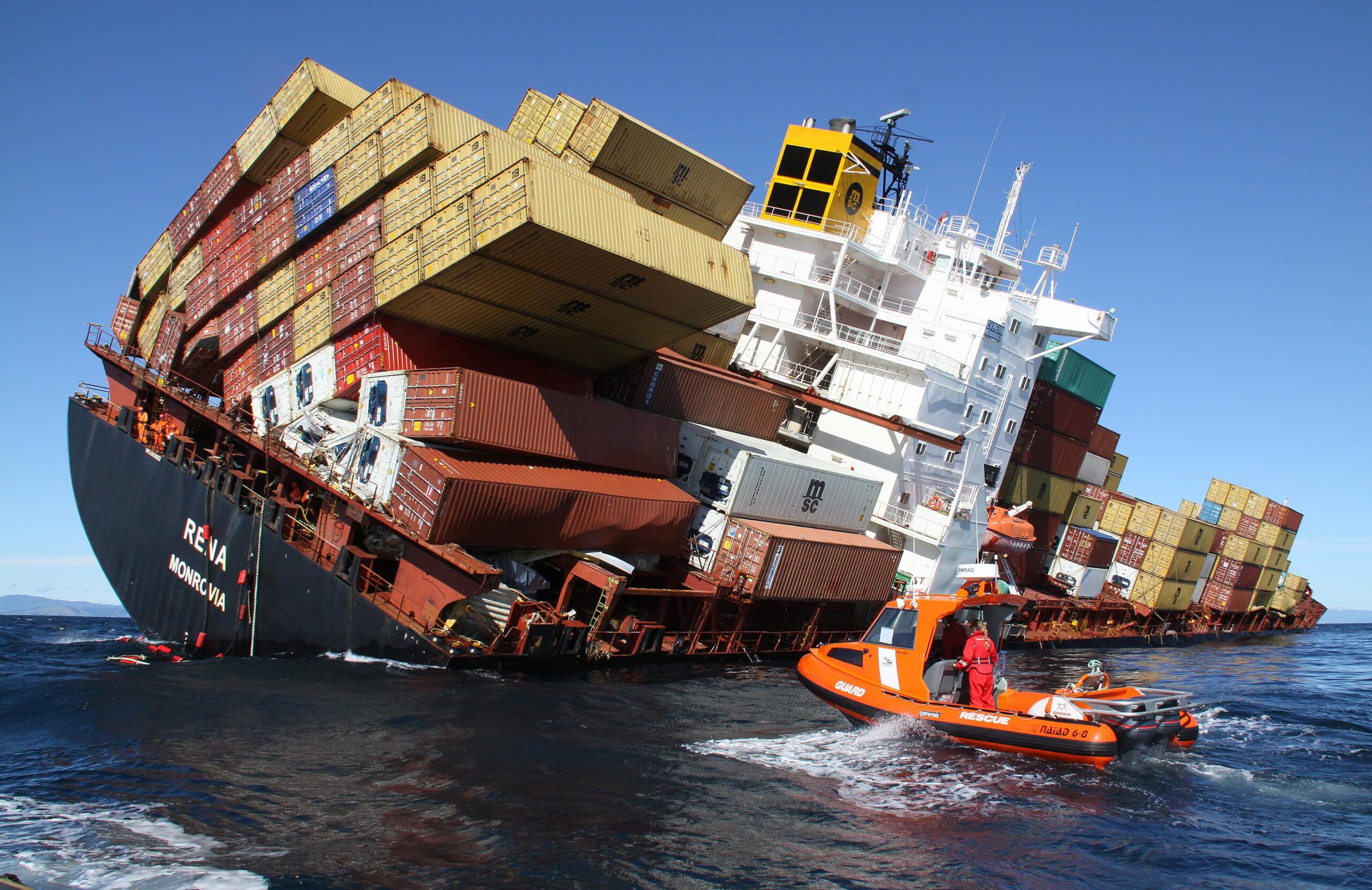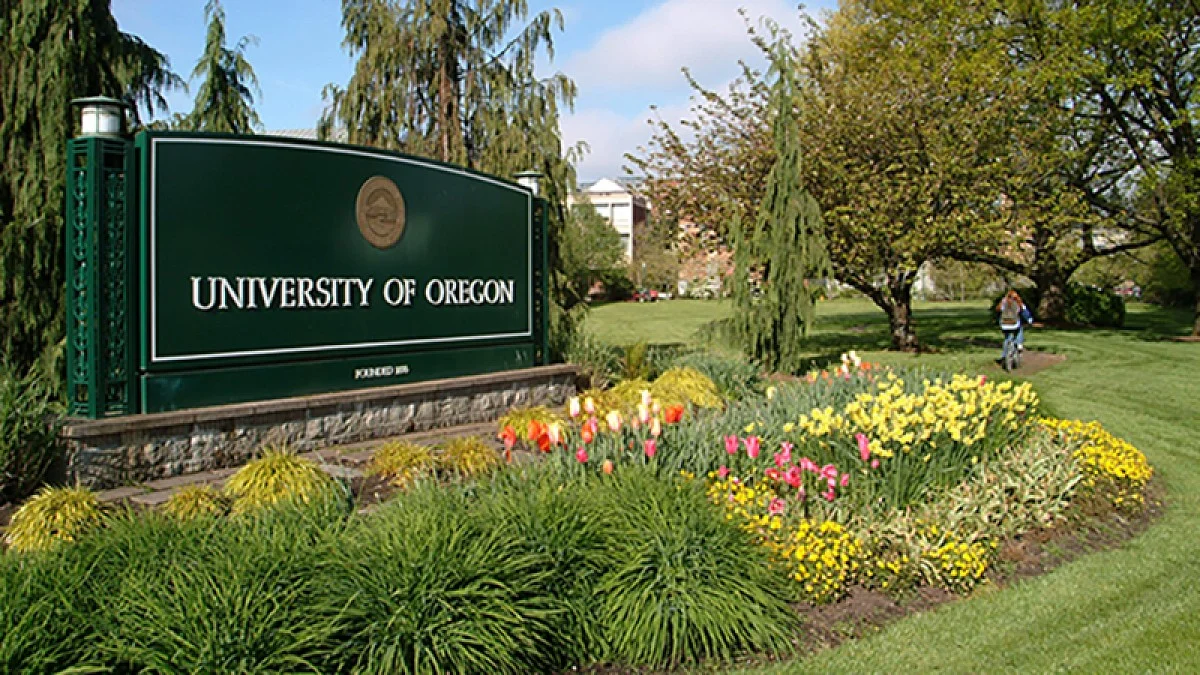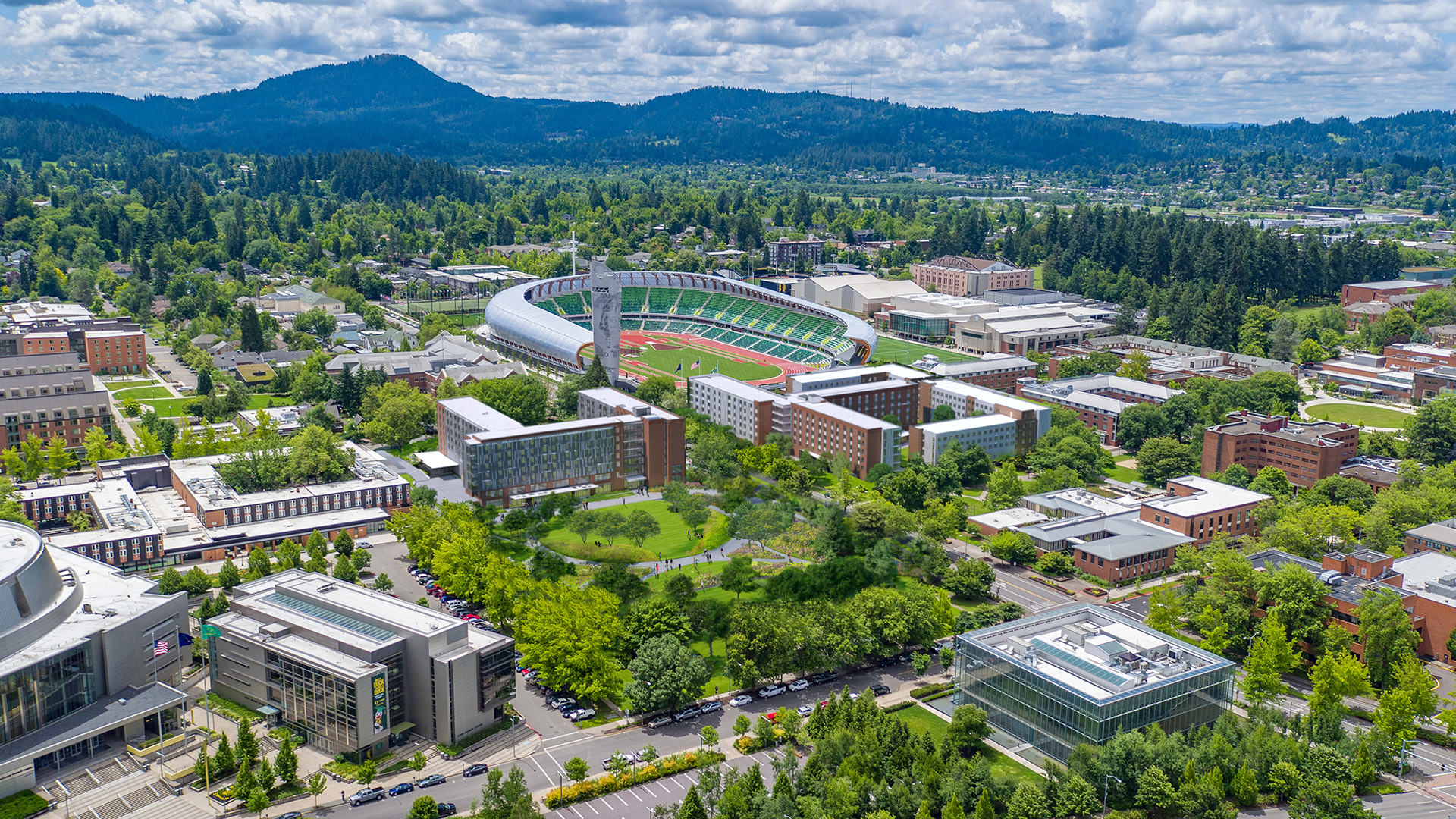
Transporting goods by car is a common practice that plays an essential role in personal logistics, business operations, and even emergency services. Whether you’re moving personal items across town or delivering products to customers, transportation by car is often the most convenient and cost-effective solution. This article takes an in-depth look into how car transportation works, the key considerations involved, and its impact on different sectors, with a focus on the case study of Rena Monrovia, a hypothetical city that mirrors real-world transportation challenges and opportunities.
The Importance of Car Transport
Car transport remains one of the most versatile and accessible modes of moving goods, allowing for both short and long-distance journeys. Its flexibility, Rena Monrovia When You Transport Something by Car … affordability, and ability to navigate complex urban environments make it indispensable in cities like Rena Monrovia.
In regions with highly developed infrastructure, the role of car transport has expanded beyond personal use to include commercial services like delivery fleets, ride-sharing logistics, and even emergency medical transport. As the world becomes more interconnected, the need for efficient car-based transport systems has increased, highlighting its importance in both urban and rural settings.
Case Study: Rena Monrovia’s Car-Based Transport System
Rena Monrovia is a fictional city designed to represent typical transportation dynamics found in modern urban settings. With a population of about 1 million people, this bustling metropolis depends heavily on cars for personal, commercial, and public service transportation.
Monrovia’s economy thrives on trade, tourism, and small businesses, many of which rely on cars for transporting goods across town and beyond. From delivering fresh produce to local markets to moving materials between construction sites, cars play a crucial role in maintaining the city’s daily operations.
The transportation network in Rena Monrovia is extensive, with highways, local roads, and bridges connecting various parts of the city. However, like many urban areas, the city faces challenges such as traffic congestion, environmental concerns, and logistical inefficiencies. These challenges are what cities all over the world face when relying heavily on car transport.
Factors to Consider When Transporting by Car
When it comes to transporting goods by car, several key factors need to be taken into account. These include the nature of the goods, the type of vehicle, the cost of fuel, regulations, and environmental impact.
1. The Type of Goods
Different types of goods require different transportation strategies. For example, perishable items like food need temperature-controlled environments, while fragile items require special packaging to prevent damage. In Rena Monrovia, businesses that deal in food delivery often use insulated vehicles to ensure that goods reach customers fresh and in good condition.
Heavy or large items may require trucks or larger vehicles instead of standard cars. This is particularly relevant in industries such as construction and manufacturing, where oversized loads need to be transported frequently.
2. Type of Vehicle
The choice of vehicle is critical when transporting goods by car. Standard sedans and hatchbacks can handle small loads, but for larger or bulkier items, vans, pickup trucks, or specialized vehicles are often required. In Monrovia, delivery services typically use a fleet of vans and trucks to cater to varying transportation needs.
Vehicles also differ in terms of their fuel efficiency, size, and load capacity. Selecting the right vehicle is essential for optimizing costs and ensuring that goods are transported safely and efficiently.
3. Fuel Costs and Efficiency
Fuel cost is a significant factor in determining the overall cost of transportation. In cities like Rena Monrovia, fluctuating fuel prices can impact businesses’ bottom lines, especially for companies that rely on frequent transportation of goods.
Electric and hybrid vehicles are becoming increasingly popular as businesses seek to reduce fuel costs and limit their environmental impact. In Monrovia, city authorities have even introduced incentives for companies that use eco-friendly vehicles, leading to a rise in the adoption of electric delivery trucks.
4. Regulations and Legal Requirements
Transporting goods by car involves adhering to specific regulations, especially when crossing state or national borders. In Rena Monrovia, businesses must comply with local transportation laws, which include vehicle safety standards, load limits, and road safety regulations.
For larger-scale transport operations, such as those involving hazardous materials or oversized loads, additional permits may be required. Failure to comply with these regulations can lead to hefty fines, delays, or even the suspension of transport operations.
5. Environmental Impact
The environmental impact of car transport is a growing concern in urban areas. In Rena Monrovia, car emissions contribute significantly to air pollution and greenhouse gas emissions. To combat this, the city has implemented a series of initiatives aimed at reducing the environmental footprint of transportation.
These initiatives include promoting the use of electric vehicles, encouraging carpooling, and investing in infrastructure to support sustainable transport options such as bike lanes and pedestrian-friendly pathways. Businesses in Monrovia are also being incentivized to adopt greener practices, such as reducing the number of trips made by vehicles and switching to electric delivery fleets.
The Logistics of Transporting Goods by Car
Car transportation logistics involve planning and coordination to ensure that goods reach their destination on time and in good condition. This is particularly important in large cities like Rena Monrovia, where traffic congestion and road conditions can affect delivery times.
1. Route Planning
Effective route planning is essential for minimizing travel time and fuel consumption. With the use of modern GPS technology, businesses in Rena Monrovia are able to optimize delivery routes to avoid traffic bottlenecks and reduce delays.
Some businesses also use route optimization software that takes into account factors such as delivery windows, vehicle capacity, and traffic patterns. This ensures that deliveries are made in the most efficient manner possible.
2. Load Management
Proper load management is crucial for ensuring that goods are transported safely and efficiently. Overloading a vehicle can lead to accidents, increased fuel consumption, and damage to the goods being transported. In Rena Monrovia, businesses are required to comply with local load limits and ensure that their vehicles are properly equipped to handle the weight of the goods being transported.
Businesses use specialized packaging and loading techniques to secure goods during transit, reducing the risk of damage. For instance, fragile items are typically cushioned with protective materials, while heavier items are securely strapped down to prevent movement during transport.
3. Delivery Timeliness
In today’s fast-paced economy, timeliness is a key factor in transportation logistics. Customers expect their deliveries to arrive on time, and delays can lead to dissatisfaction and lost business. In Rena Monrovia, businesses use real-time tracking systems to monitor the status of deliveries and provide customers with accurate updates.
Real-time tracking also helps businesses identify potential delays, such as traffic congestion or road closures, allowing them to adjust their routes and schedules accordingly.
Challenges and Opportunities in Car Transportation
While car transportation offers numerous benefits, it also comes with its own set of challenges, particularly in urban areas like Rena Monrovia.
1. Traffic Congestion
Traffic congestion is a significant challenge in most urban areas, and Rena Monrovia is no exception. With a high volume of vehicles on the road, especially during peak hours, delivery times can be delayed, and fuel consumption increases.
To mitigate this issue, the city has invested in smart traffic management systems, which use real-time data to optimize traffic flow. Additionally, some businesses have started offering off-peak delivery services to avoid traffic congestion and improve delivery efficiency.
2. Infrastructure Limitations
While Rena Monrovia has an extensive road network, aging infrastructure and limited road space can create bottlenecks in transportation. The city’s narrow streets and limited parking options can make it difficult for larger vehicles to navigate and deliver goods efficiently.
To address this, the city is investing in infrastructure upgrades, Rena Monrovia When You Transport Something by Car … including the expansion of key roads, the construction of new delivery hubs, and the creation of dedicated loading zones for delivery vehicles.
3. The Rise of E-Commerce
The rapid growth of e-commerce has created new opportunities for car-based transport systems. In Rena Monrovia, online retailers and delivery services have seen a significant increase in demand for home deliveries. This has led to the expansion of delivery fleets and the adoption of new technologies, such as automated delivery lockers and drone-assisted delivery systems.
Conclusion
Transporting goods by car plays an essential role in modern logistics, especially in urban settings like Rena Monrovia. While the system is not without its challenges, advancements in technology, infrastructure, and environmental initiatives are helping to improve efficiency and reduce the impact of car transportation.
As cities continue to grow and evolve, the importance of car transport will only increase, making it essential for businesses and governments to adapt to new challenges and opportunities.








